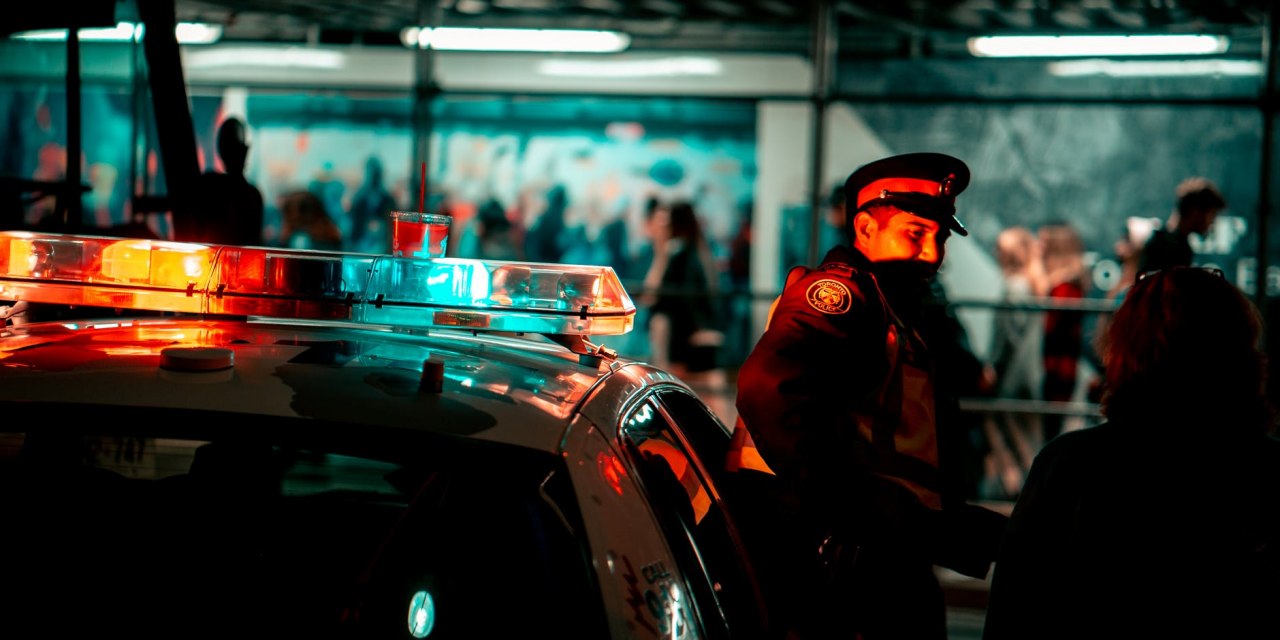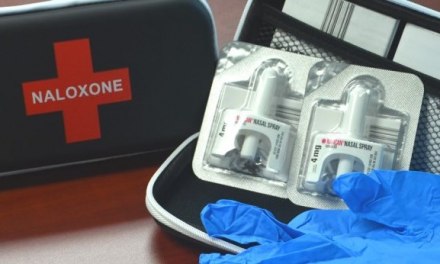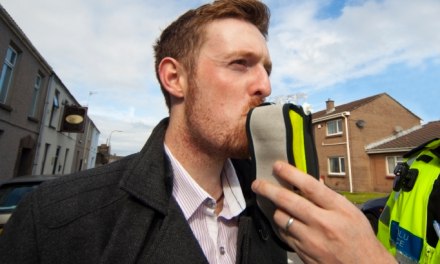My interest in this began with a first person account by a former police officer who shot and killed a man in the line of duty. After review the shooting was found to be entirely justified. For a long time after, he reports feeling ‘fine’ about the shooting. Eventually, however, he began to suffer what we recognize as signs of delayed trauma reaction: anxiety, depression, compulsive eating and drinking.
In the course of his recovery, this officer began to go back over the event, questioning the values, training, and finally, the system itself that put him in the situation in the first place. He wound up leaving the force and today is a PhD student in criminology, active in the movement for police reform.
Law enforcement and the criminal justice system play such an important role in America’s response to drug and alcohol problems of all types. That’s not always true around the world but it certainly is in the USA. I don’t expect it to change anytime soon.
Addiction by its very nature puts many treatment clients into direct conflict with the law. I don’t see how we can afford to ignore that. Likewise, what affects the way law enforcement and the Courts react will affect treatment, in one way or another.
Which brings me to the current ‘hot topic’: the militarization of American policing. That’s in the way officers were recruited and trained, and the policies and procedures that govern their conduct. Much of what we find in those iPhone videos is a direct result of those.
The change is often traced to the War on Drugs that began during the Reagan Administration and seriously escalated in the crack epidemic. I believe it was in Richard Price’s 1990’s novel Clockers where I first encountered the term Army of the Occupation used to describe the police presence in a large inner city housing project. It seemed obvious that an ongoing paramilitary presence in anybody’s neighborhood would be perceived in just that way. As a force intending to rule, not rebuild. Official denials would make little difference. Nobody would believe.
That’s not the way to win over hearts and minds.
Along came an influx of surplus military equipment to State and local armories, ostensibly to fight foreign terrorism. I’m not sure many residents believed that, either. Our own City force only recently got round to sending back a couple of obvious examples – one $658,000 armored assault vehicle plus one customized Humvee. Frankly, I can’t picture either motoring around streets and alleys of a city built originally in 1610.
Mostly they sat in storage. Waiting for an attack, I guess.
Hey, it was free stuff.
We probably should have paid closer attention. On some level, a warrior culture, complete with equipment, costumes, and specialized training, was being built not for the battlefield but presumably for use in crowded urban environments. We’re now faced with the challenge of deconstruction.













